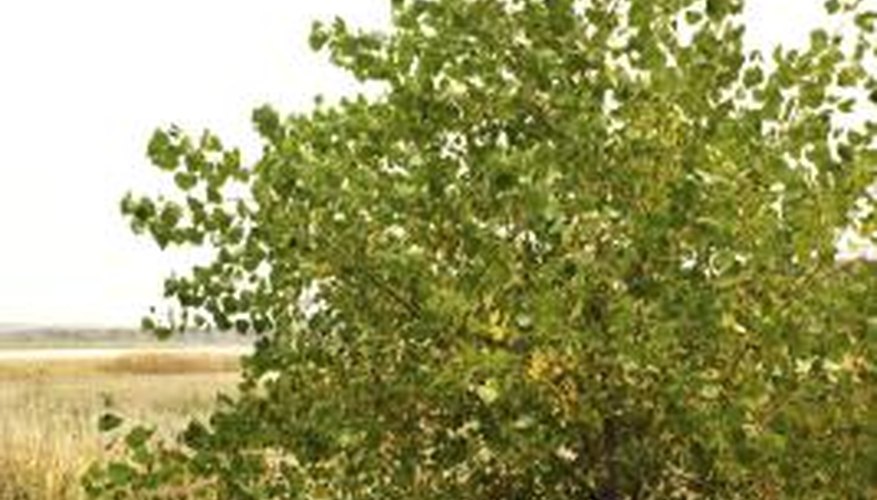Tree seeds have a variety of shapes and colours. The long, brownish seedpods of catalpa, honey locust and mimosa, although different in appearance, mimic the look of old banana skins hanging from bare, winter branches or waiting on the ground in autumn.
Northern Catalpa
Northern catalpas have heart-shaped, bright-green leaves and fragrant, popcorn bursts of blossoms. Long, reddish-brown, slightly cylindrical pods begin to grow after the blossoms litter the ground like a spring snowfall. The pods fall in autumn or hang on through winter, eventually splitting open and littering the yard with beanlike seeds. Medium-to-large shade trees, Northern catalpas thrive throughout the United States and southern Canada. The website Ontario Trees & Shrubs notes that some gardeners even grow them to attract catalpa caterpillars for fish bait.
- Northern catalpas have heart-shaped, bright-green leaves and fragrant, popcorn bursts of blossoms.
- The pods fall in autumn or hang on through winter, eventually splitting open and littering the yard with beanlike seeds.
Honey Locust
The delicate, feather-like clusters of leaves that fall from the honey locust are in sharp contrast to the tree's rusty, leathery banana-shaped seedpods. Honeybees drink nectar from this midsize to large tree's tiny, yellow blossoms. Wildlife and cattle favour eating the seeds, as did early Native Americans. The website Kansas Wildflowers & Grasses notes Native Americans also made medicinal tea from the tree's bark.
- The delicate, feather-like clusters of leaves that fall from the honey locust are in sharp contrast to the tree's rusty, leathery banana-shaped seedpods.
- Honeybees drink nectar from this midsize to large tree's tiny, yellow blossoms.
Mimosa
Long, flat and creamy tan, the seedpods of mimosa trees resemble fresh banana skins. The University of Florida reports that the tree grows so easily in Florida that it is classified as invasive. It is small to medium in size with pink, powder-puff shaped blossoms that are fragrant. Wildlife eats mimosa seeds, contributing to new growth.
- Long, flat and creamy tan, the seedpods of mimosa trees resemble fresh banana skins.
